Rare Rides: Honda Civic CVCC - Conserving Various Carbons, Circa 1977

Way back in the polyester era, there was a little thing called the Oil Crisis (circa 1973). And right about the time giant American barges were coughing and wheezing their way to the (empty) fuel station while managing eight miles per gallon, Honda had a little idea.
Say hello to the “Civic.”
Still a fledgling car company in North America, Honda just happened to have a small and fuel-efficient car available for the desperate public. Released in Japan just before the oil crisis, the Civic was that efficient car. The CVCC version we have here was the most fuel efficient of them all.
Introduced in July 1972 for the Japanese domestic market, Honda shipped the Civic to North American shores in 1973. Several inline-four engines were available, and the CVCC version came along in 1975.
Originally, a four-speed manual or two-speed semi-automatic (a manual without the clutch pedal) were available, but this one has the five-speed introduced in 1974. In case you were wondering, this little 1.4-liter engine generates all of 52 horsepower.
Combined with the power sap of the dealer-installed air conditioning, this Civic is most assuredly not quick. But the slow pace of travel does have a benefit: about 40 miles per gallon. For the final two years of the first-generation Civic (1978 and 1979), there were some exterior revisions and a bump in power for the CVCC engine. It now generated a whopping 60 hp.
The dash design on this first-gen Civic looks oddly pleasing for the time period. Clarity in gauges and realistic some wood panel add an air of luxury.
The plaid seats also please me, though they don’t match. The ad indicates a recovering happened to the soft front buckets.
But the Civic’s tale was not all sunshine and rainbows. Buyers of first-gen models in areas with salt-crusted winter roads were displeased, as their Hondas often started to rust — quite rapidly, too. The problem was so pervasive that American Honda agreed to a recall with the FTC. All owners of 1975 to 1978 Civics with rusty fenders could receive replacements or a cash reimbursement for the damage, or about 1 million Honda owners all told. This amounted to about 10 percent of all Civics sold. Dealers conducted inspections and performed replacements of rusted-out fenders.
The NHTSA issued its own recall for the Civic’s suspension corrosion, covering over 900,000 vehicles built from 1972 to 1979. Suspension components were replaced under the recall, and in some instances Honda bought back the entire car if corrosion proved too extensive.
In any event, this little Civic is in spectacular condition, had only one owner in the past 40 years, and sold to its second one recently on eBay. This one sold for $5,700, surely to a Honda enthusiast who will take care of it and keep the rust worm at bay for years to come.
[Images via eBay]

Interested in lots of cars and their various historical contexts. Started writing articles for TTAC in late 2016, when my first posts were QOTDs. From there I started a few new series like Rare Rides, Buy/Drive/Burn, Abandoned History, and most recently Rare Rides Icons. Operating from a home base in Cincinnati, Ohio, a relative auto journalist dead zone. Many of my articles are prompted by something I'll see on social media that sparks my interest and causes me to research. Finding articles and information from the early days of the internet and beyond that covers the little details lost to time: trim packages, color and wheel choices, interior fabrics. Beyond those, I'm fascinated by automotive industry experiments, both failures and successes. Lately I've taken an interest in AI, and generating "what if" type images for car models long dead. Reincarnating a modern Toyota Paseo, Lincoln Mark IX, or Isuzu Trooper through a text prompt is fun. Fun to post them on Twitter too, and watch people overreact. To that end, the social media I use most is Twitter, @CoreyLewis86. I also contribute pieces for Forbes Wheels and Forbes Home.
More by Corey Lewis
Latest Car Reviews
Read moreLatest Product Reviews
Read moreRecent Comments
- Probert They already have hybrids, but these won't ever be them as they are built on the modular E-GMP skateboard.
- Justin You guys still looking for that sportbak? I just saw one on the Facebook marketplace in Arizona
- 28-Cars-Later I cannot remember what happens now, but there are whiteblocks in this period which develop a "tick" like sound which indicates they are toast (maybe head gasket?). Ten or so years ago I looked at an '03 or '04 S60 (I forget why) and I brought my Volvo indy along to tell me if it was worth my time - it ticked and that's when I learned this. This XC90 is probably worth about $300 as it sits, not kidding, and it will cost you conservatively $2500 for an engine swap (all the ones I see on car-part.com have north of 130K miles starting at $1,100 and that's not including freight to a shop, shop labor, other internals to do such as timing belt while engine out etc).
- 28-Cars-Later Ford reported it lost $132,000 for each of its 10,000 electric vehicles sold in the first quarter of 2024, according to CNN. The sales were down 20 percent from the first quarter of 2023 and would “drag down earnings for the company overall.”The losses include “hundreds of millions being spent on research and development of the next generation of EVs for Ford. Those investments are years away from paying off.” [if they ever are recouped] Ford is the only major carmaker breaking out EV numbers by themselves. But other marques likely suffer similar losses. https://www.zerohedge.com/political/fords-120000-loss-vehicle-shows-california-ev-goals-are-impossible Given these facts, how did Tesla ever produce anything in volume let alone profit?
- AZFelix Let's forego all of this dilly-dallying with autonomous cars and cut right to the chase and the only real solution.

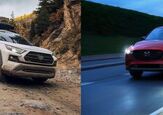
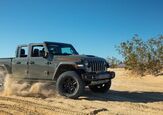
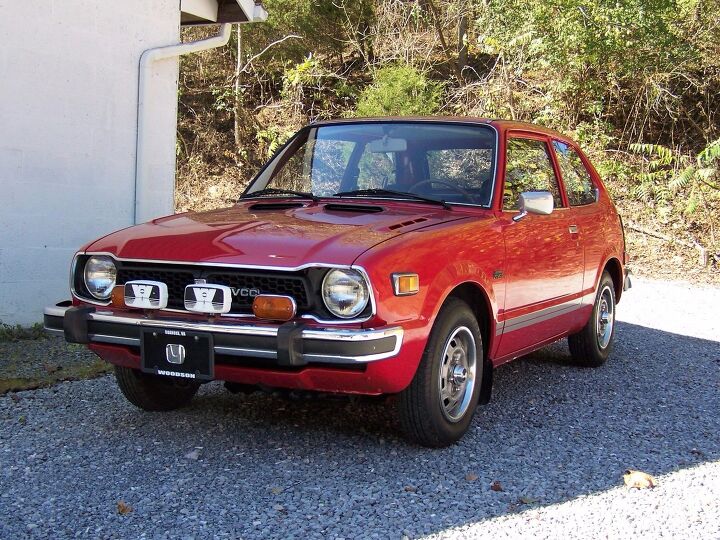





















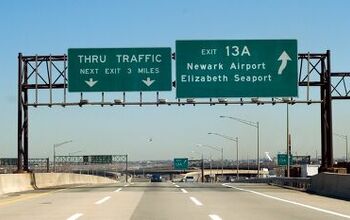

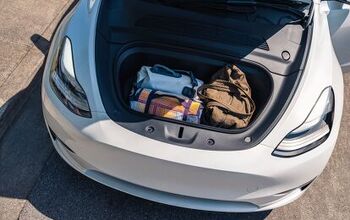
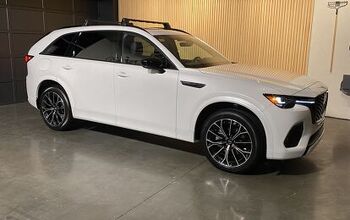
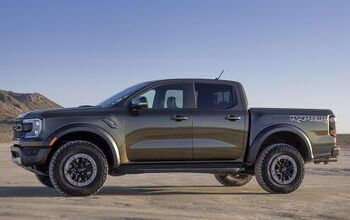
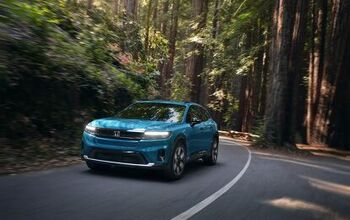
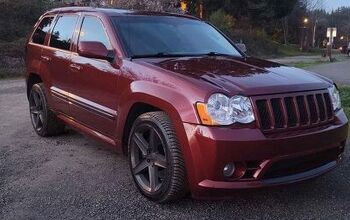
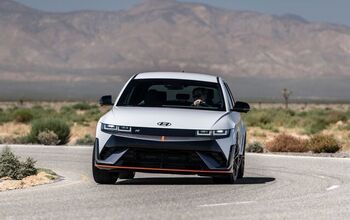
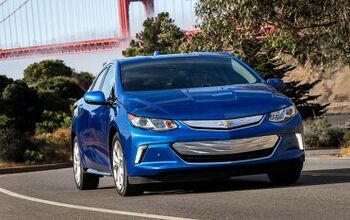
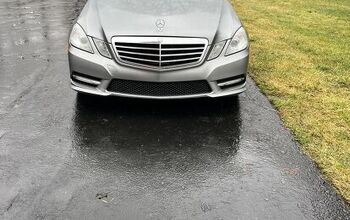
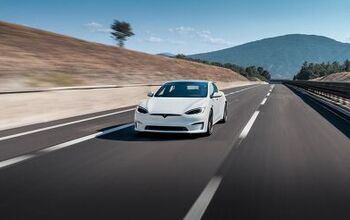
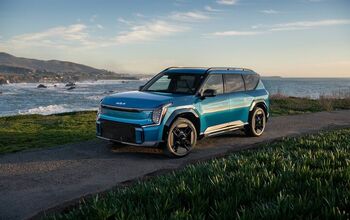

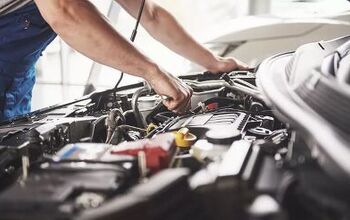

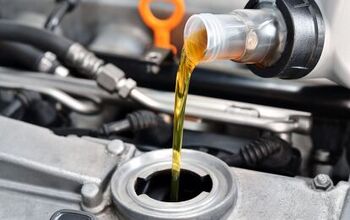
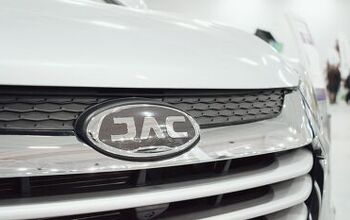
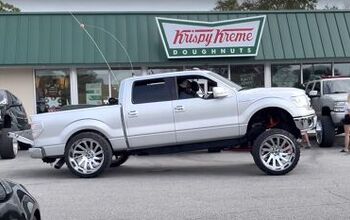
Comments
Join the conversation
I recall visiting my uncle's Oldsmobile dealership in beautiful Newport KY some time in the early-mid 70s with my dad. Tucked in the corner of the showroom surrounded by 88s and 98s was this little yellow car. My dad and his uncle were snickering about it, but he figured he might sell a few here and there. The little yellow car was a Honda, don't recall which model. By the time the family sold out to the local Jeff Wyler Auto Group in the late 90s, the Honda store was their money maker, the Olds, GMC Truck and Mitsubishi stores were afterthoughts.
I don't know if anyone here fell in the demographic of the show, but I like that True Blood featured a yellow 70's Civic, driven by the main character. Had some good action scenes, even a curse placed on it.